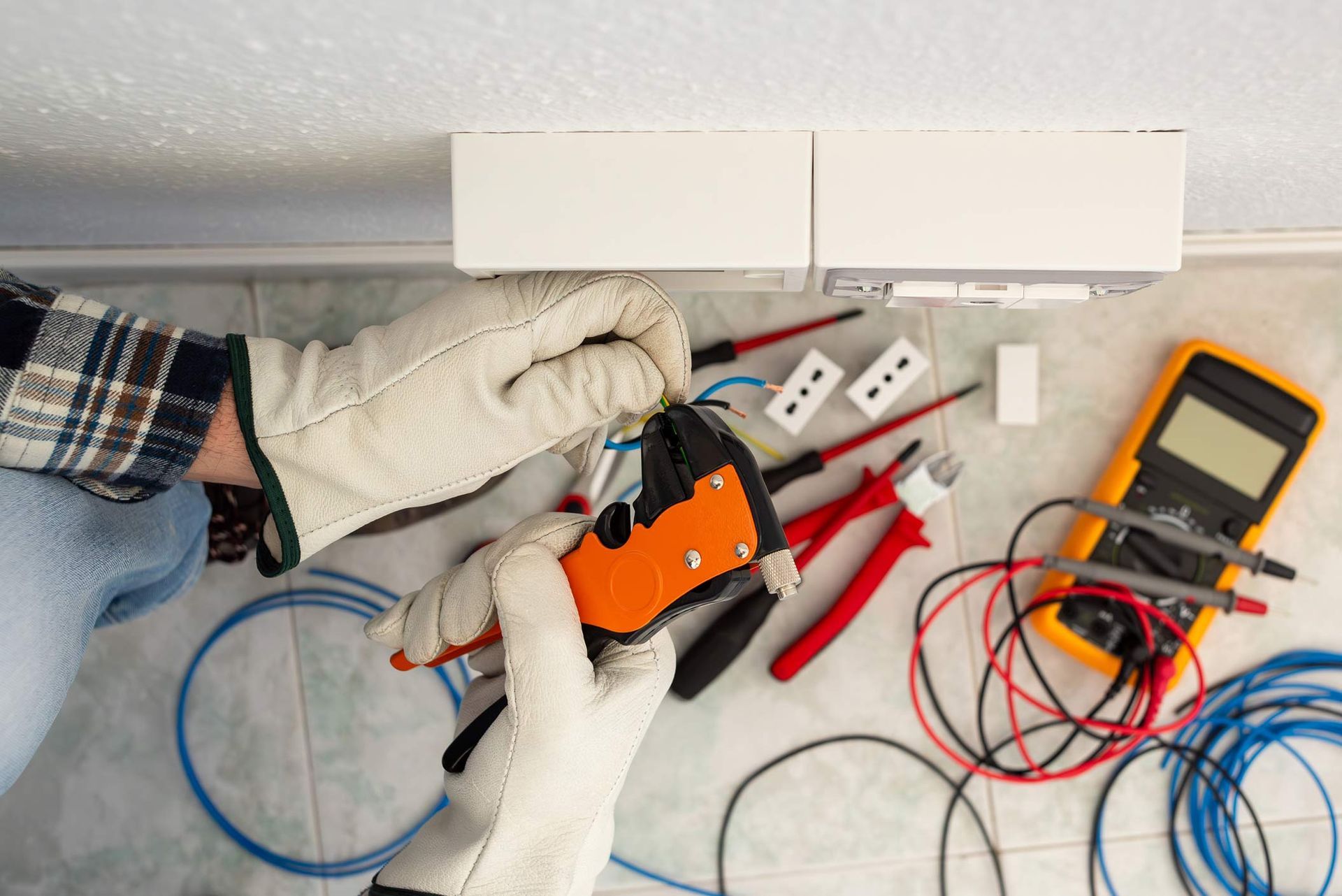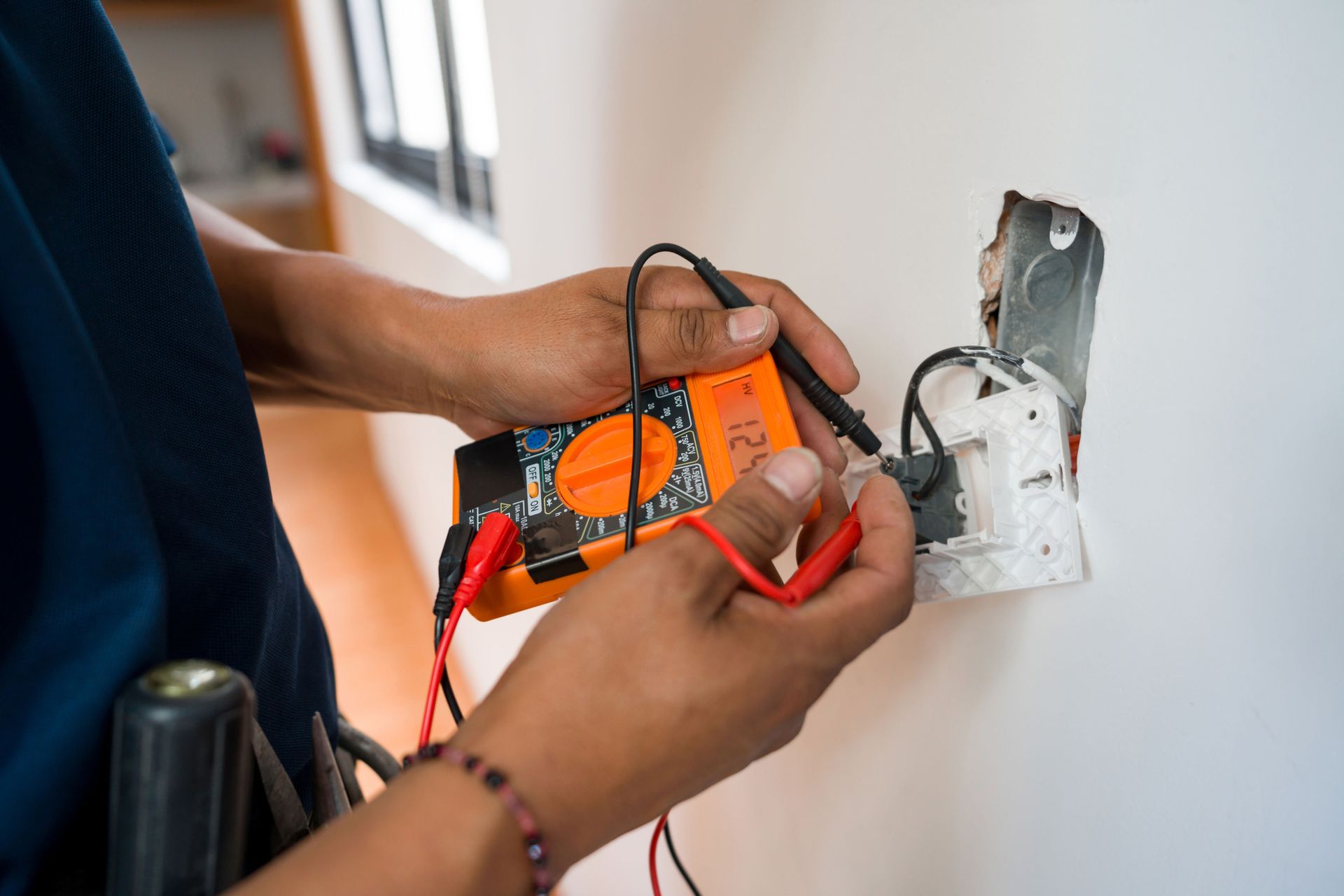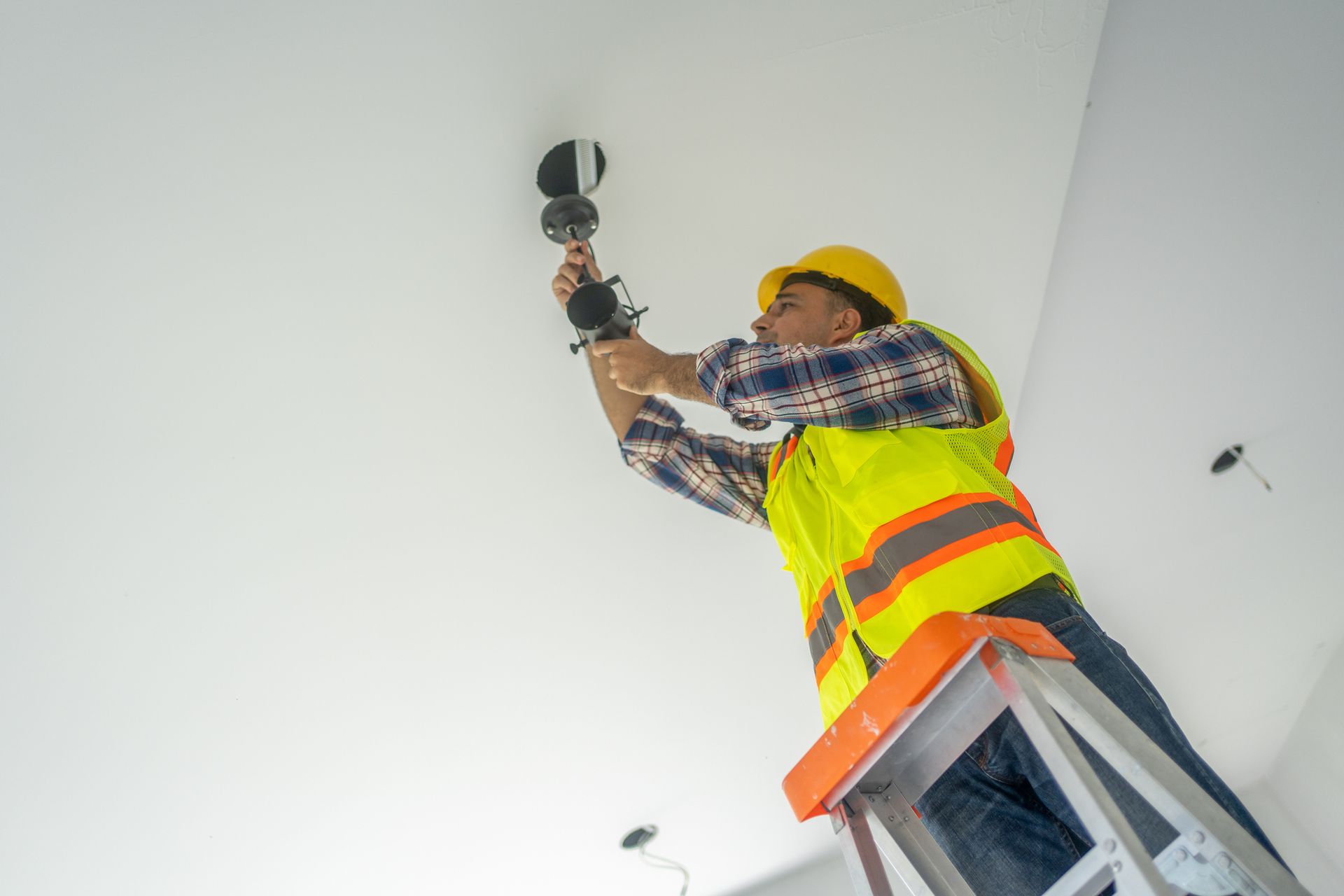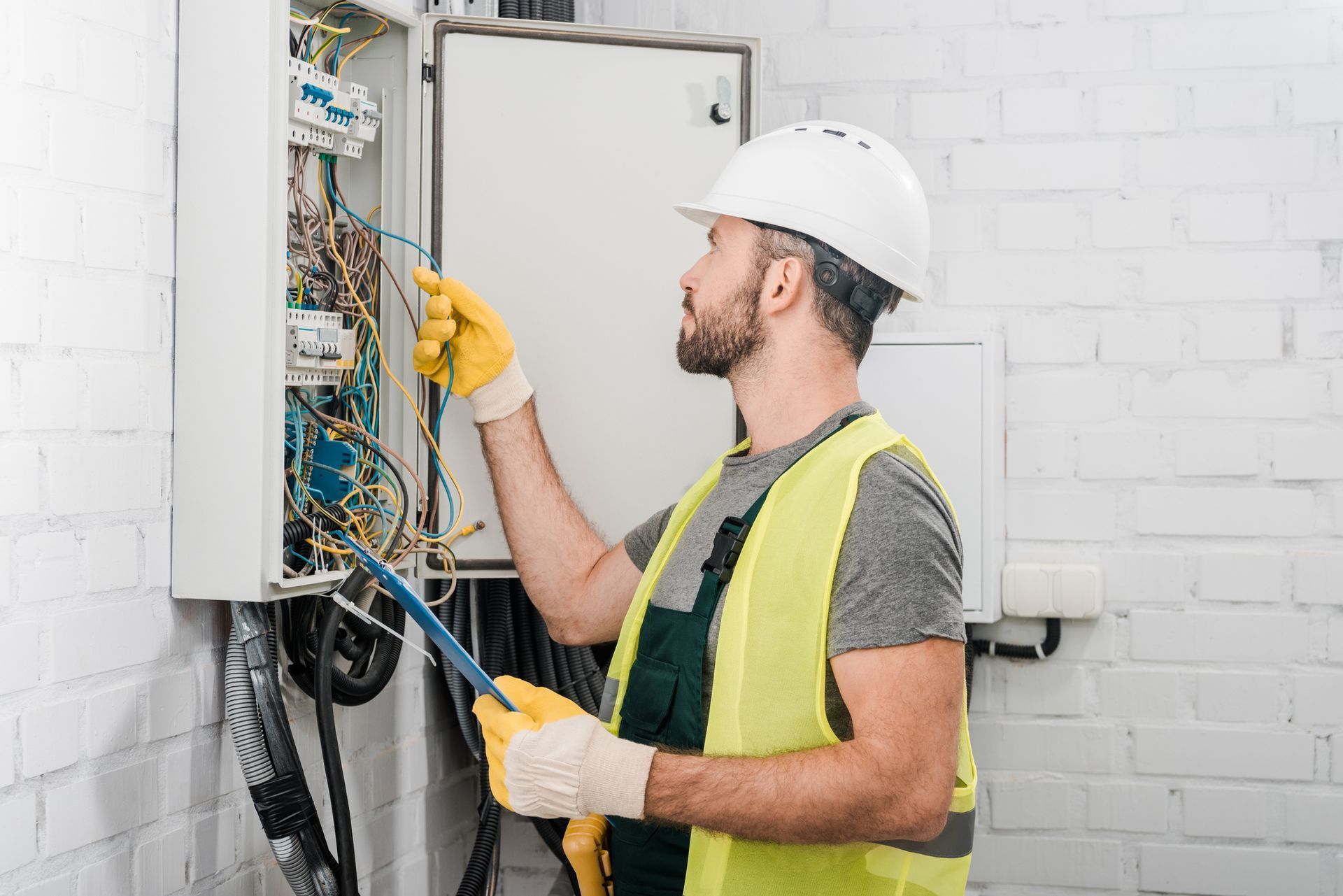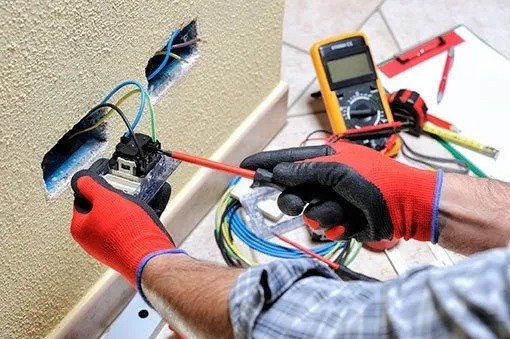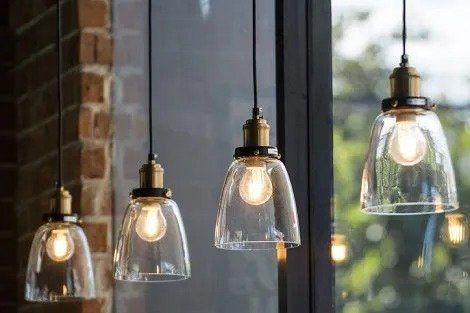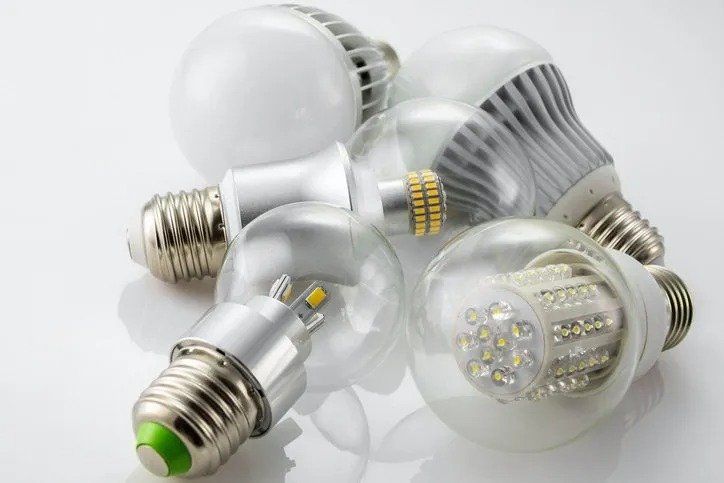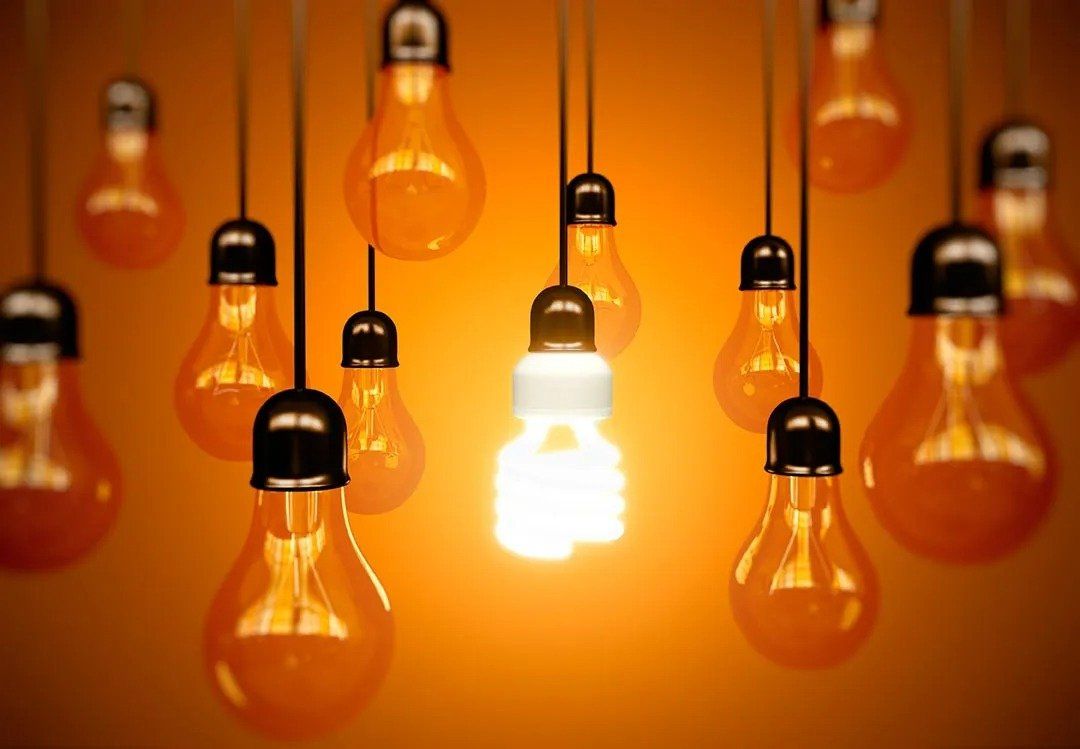SURGE SUPPRESSION: WHAT IT IS, WHY IT'S IMPORTANT, AND HOW YOU CAN USE IT TO PROTECT YOUR HOME
Admin • May 26, 2017
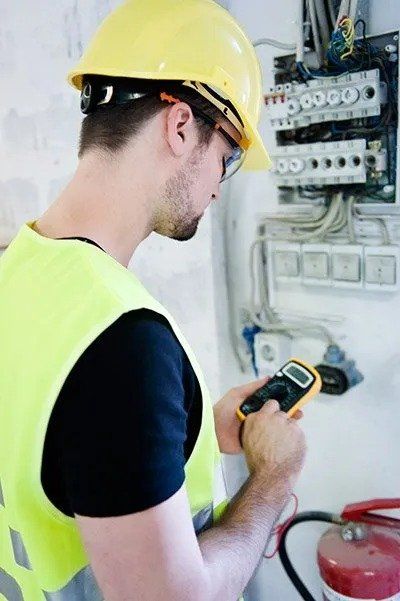
Are you doing what you can to protect your South Florida home from electrical surges? As the only part of the continental US with a tropical climate, South Florida has unique energy needs. Those needs also dictate that homes have protection from both internal and external power surges. Here's a little more about power surges and what you can do about them.
Where Do Power Surges Come From?
A power surge occurs when the voltage in a wire peaks beyond what the wire can handle. There's several things that can cause this to happen. External causes can include:
- Damaged power lines
- Lightning striking
- Damaged transformers
External surges typically happen quickly and suddenly.
Surges also occur inside the home. Generally, an internal power surge can occur when an appliance in your home eats a lot of electricity. When you start the appliance, it will draw electricity away from other things. You may even notice the lights flicker when you turn it on.
When you stop or unplug that appliance, a large amount of electricity will bounce back through your wiring. Often, home wiring can't take that kind of strain.
A massive power surge can occur in the aftermath of a power outage in a similar fashion to appliance-driven surges. When the electricity comes back on, everything in your home that's plugged in will simultaneously try to grab electricity. This creates surges in your wiring.
What Type of Damage Can Power Surges Cause?
A single power surge can lead to a number of issues. Brief power outages can occur from both internal and external surges. Sudden surges can also destroy the circuitry of electronic equipment. Fuses can blow in your equipment as well, and you may not know a surge was the reason your sound system or other electronics suddenly stopped working.
A power surge can also blow fuses in your breaker panel, which can lead to various other electrical issues. A surge can damage your home's wiring altogether and become a costly repair in the aftermath. These things can all happen from a single surge or over time from multiple power surges.
Beyond the damaging effects, power surges cause several inconveniences as well. If you’re constantly flipping switches in your electrical panel, replacing fried electronics, or losing data when your computer suddenly shuts off, it’s time to call the electrician.
What You Can Do About Power Surges
The good news is there's a lot you can do to protect your home, appliances, and electronic devices from power surge related damage.
Things You Can Do Yourself
There's a few things you can do yourself to help mitigate power surges.
- Unplug electronics and appliances when they’re not in use
- Unplug things during lightning storms and power outages
- Use surge protectors and power strips
You can protect yourself from many smaller power surges by doing these things. Larger surges, such as those caused by lightning strikes, require a stronger solution.
Things a Professional Can Do for You
An electrician can make sure your wiring is up to date and up to code. If you don't have wiring that can handle the electricity you use in your home, you'll have problems whether you have surge protection or not.
In addition, an electrician can install a whole-house surge suppression solution. This typically involves installing a device in your electrical service panel. The device will do for your whole house what a power strip will do for a single outlet. The two in conjunction can help you prevent damage from most power surges.
If you want to keep your home electrical system in good health, then you should certainly invest in some surge suppression solutions. Even just a few power strips around the house can help.
However, there's no substitute for contacting a certified electrician. An electrician in your part of South Florida can help you figure out what kind of surge suppression will benefit you most. Contact Langer Electric Service Co.
today for more information.

